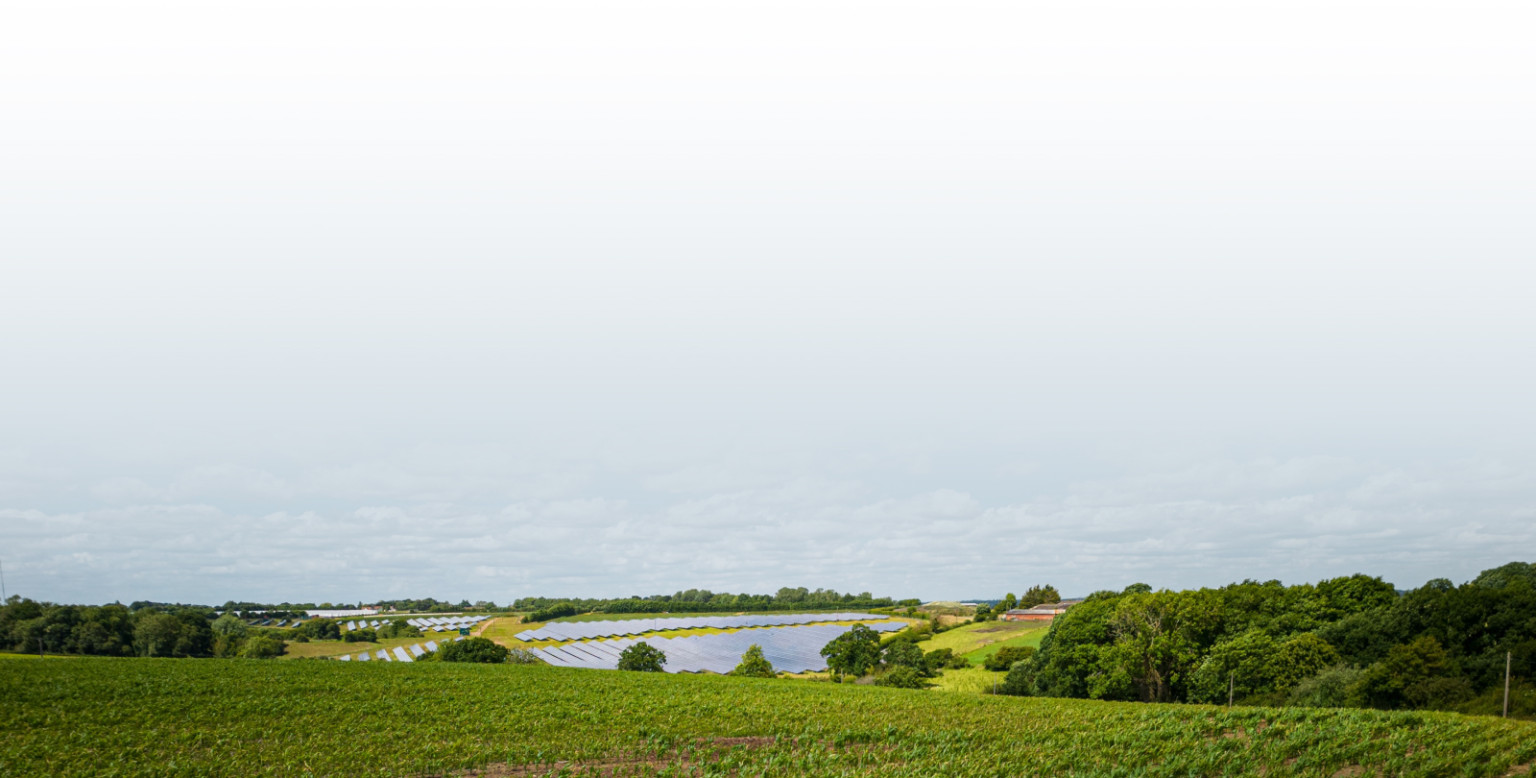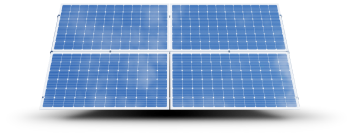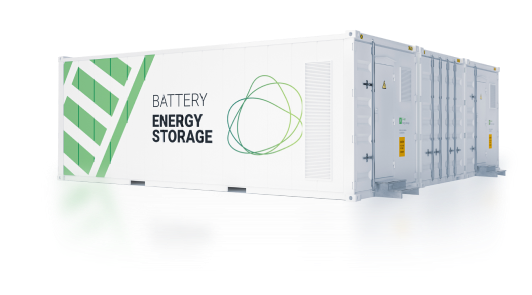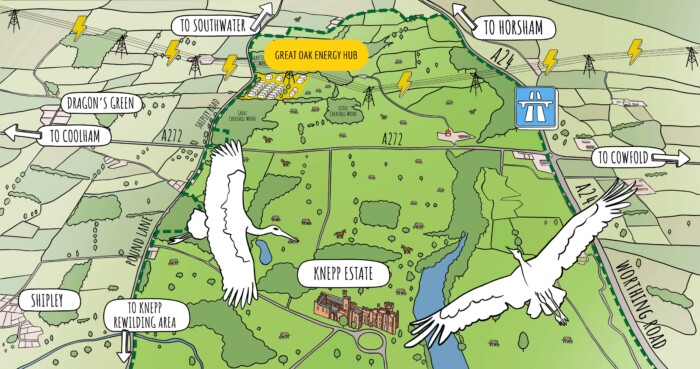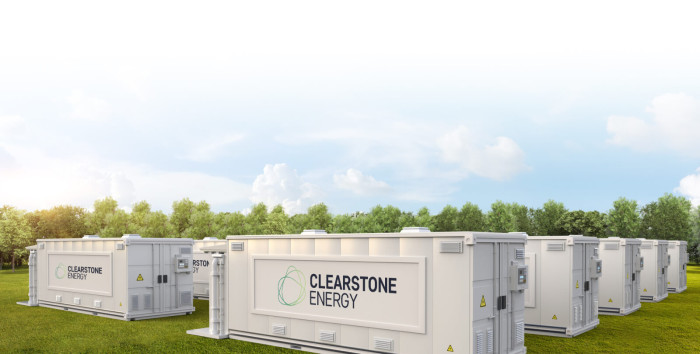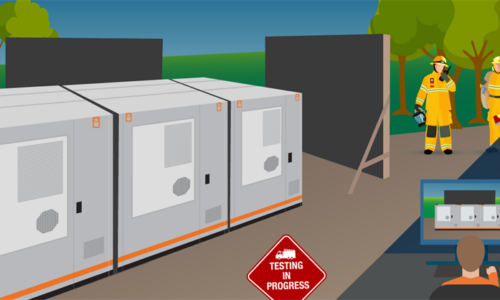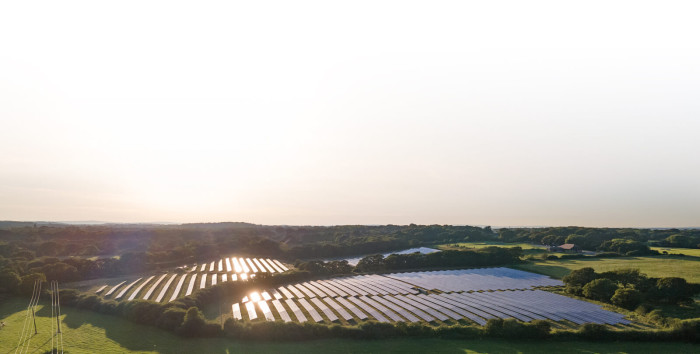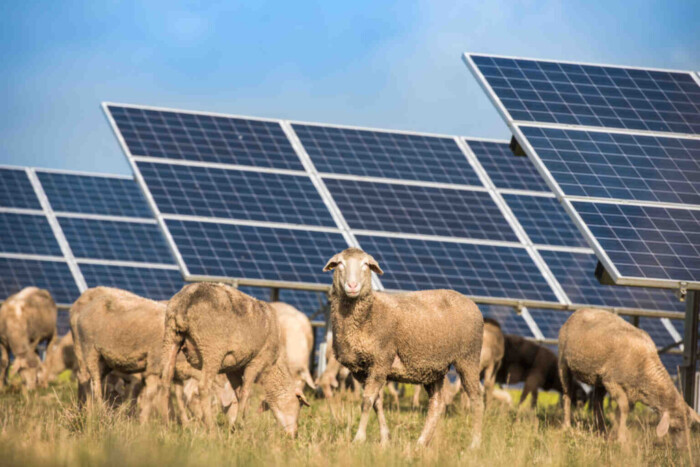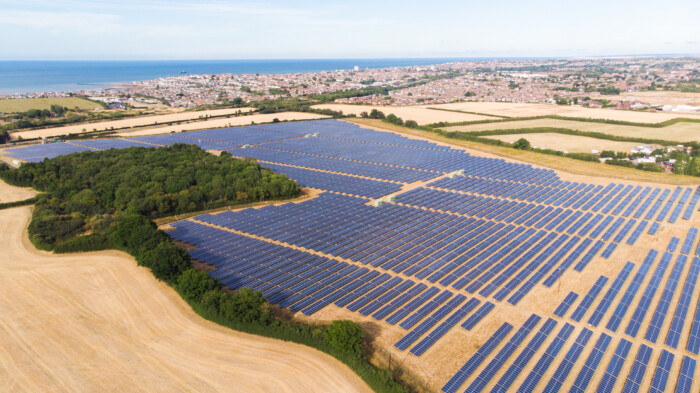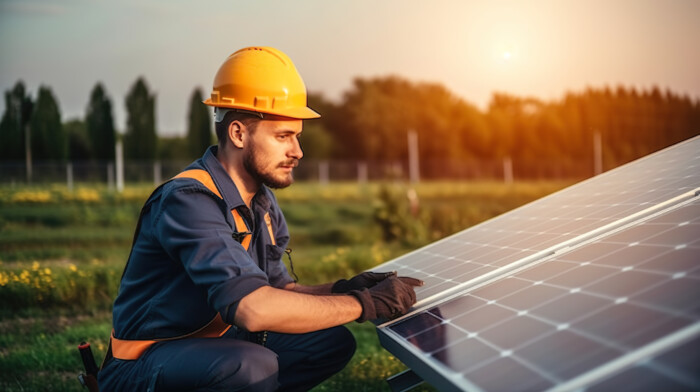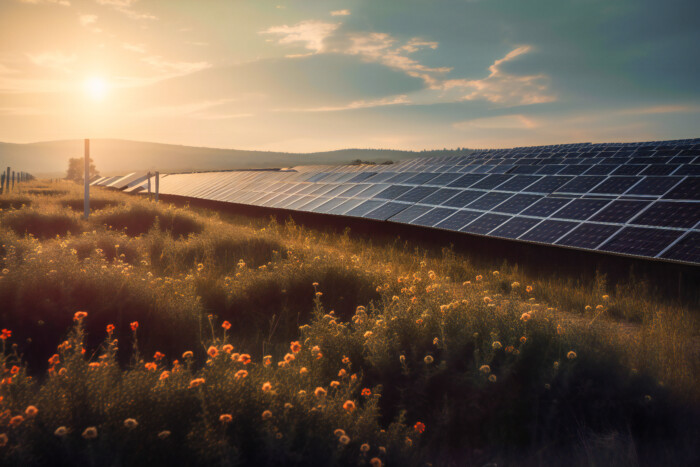Mitigate risks and maximise project success
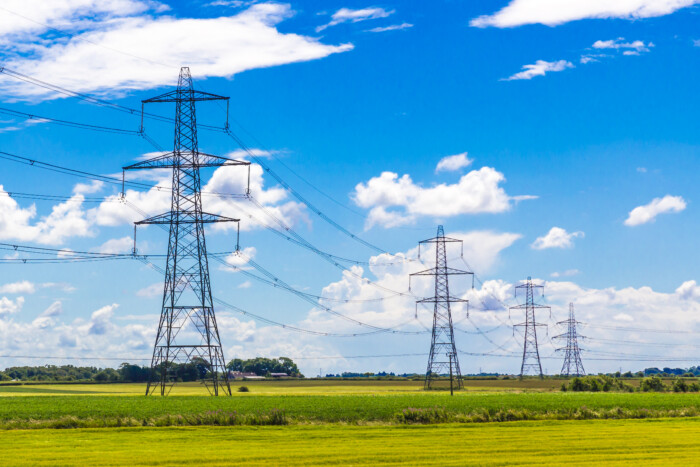
There is limited grid capacity available to connect new energy projects, so starting a renewable project without a grid connection creates unnecessary risks and uncertainty. At best, the lack of available grid capacity increases the wait for a project to start generating rental revenues but, at worst, it can see a project go unbuilt despite the best efforts of landowner and developer.
Rather than outsource grid connection applications to a third party, Clearstone Energy has its own in-house team of grid connections experts.They work hand-in-hand with our development team to identify locations where new projects can have the biggest impact on the UK’s energy transition and secure grid connections. Our promise to landowners is that we will always have a confirmed grid connection before starting conversations about a potential renewable energy project. This approach de-risks the project for everyone.
Why is a network connection important?
The UK’s electricity grid was built to distribute energy from a small number of very large power stations, powered by coal, gas, and nuclear. The transition to renewable energy requires connecting a much larger number of smaller energy sources, such as wind and solar farms.
The challenge is that most areas of the grid are already at capacity, and new projects depend on grid upgrades before they can be connected. As the connection offer process operates on a “first come, first served” basis, there is often a queue of projects waiting to connect to the substation nearest to the project. For most projects, this is delaying connection dates until the late 2030s.
Che cos’è una connessione alla rete?
Proprio come si collega una nuova abitazione o un edificio commerciale alla rete elettrica locale, ogni progetto di energia rinnovabile necessita di una connessione alla rete per poter funzionare come parte del sistema energetico del Regno Unito.
Le connessioni avvengono direttamente a una sottostazione elettrica esistente o alle linee elettriche aeree che collegano le sottostazioni.
Le domande vengono presentate direttamente al National Grid o al Distributore Regionale di Rete. L’operatore di rete valuterà la domanda in base alla capacità disponibile, ai lavori di aggiornamento pianificati e alla lista di progetti in attesa di connessione.
La connessione offerta deve essere della giusta dimensione per il progetto e con una data di connessione tempestiva affinché un progetto di energia rinnovabile sia economicamente fattibile.
Maximise the potential of a network connection
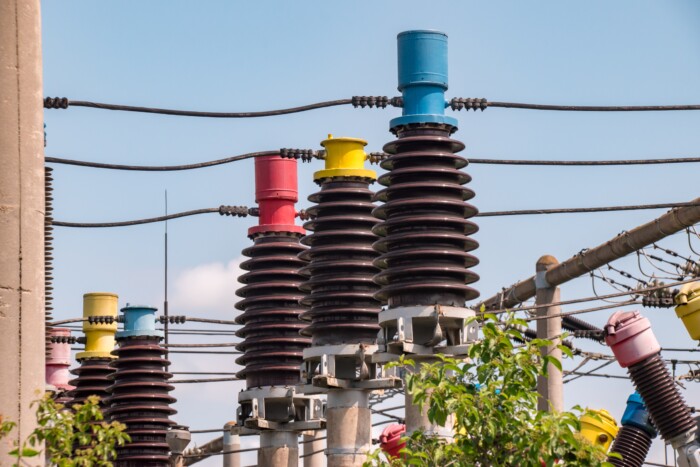
Grid connections are usually one way – import or export – but can be specified to enable both the import and export of electricity. To make the most efficient use of land we always secure import and export connections, even for solar projects that will primarily export electricity. That way battery storage can be built into the design of the solar farm so the size of the project is not limited by the export connection capacity.
We can specify more panels and use more acres of land knowing that when the project is generating more electricity in summer months than our connection capacity allows it can be stored for release on to the grid overnight.
Transmission or distribution network connection?
Clearstone connects projects to both the National Grid’s transmission network and regional distribution networks. Using a road metaphor, the transmission network is like highways, moving large amounts of electricity at high voltages from energy sources across the country.
The distribution networks are like local roads, taking electricity from the transmission network and delivering it to homes and businesses. There are limitations to the size of the project that can be connected to the distribution network without upgrades to the transmission network it’s connected to. On the other hand, the cost and complexity of connecting to the transmission network may not be economically feasible for…
Can you bring forward a grid connection date?
Possibly. Network operators are working hard to accelerate network upgrades and changing processes to enable certain projects to connect earlier than the date on their connection offer.
Our in-house grid connections team have excellent relationships with the network operators and are continually reviewing their connection processes for opportunities to accelerate our projects.
In our experience, the most important factor is being able to show project progress through site design and into the planning process.
How do we work with landowners to ensure network connections?
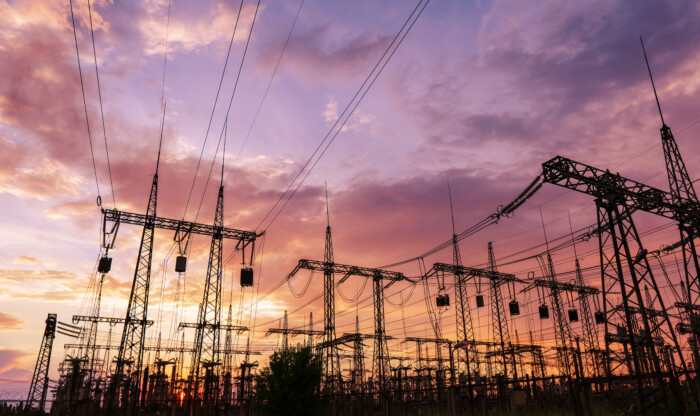
The short answer is we usually don’t.
Our in-house grid connections team analyse the UK electricity network and apply for grid connections based on where projects are most needed to support the energy transition. Only once we have secured a grid connection do we approach local landowners about potential sites. That way we significantly reduce the risk of project delays or, worse, failure.
Where a landowner approaches Clearstone with a project site, our grid connections team will provide a quick assessment of the feasibility of securing a grid connection and take responsibility, including costs, for making the application to National Grid or the regional network operator, this usually takes 6 months.
